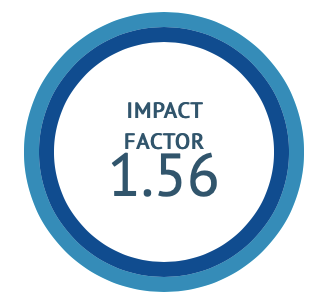Unveiling the Effect of Virechana by Trivrutta-Haritaki Yoga in the Management of Sthaulya w.s.r to Obesity: A Case Series
DOI:
https://doi.org/10.47552/ijam.v16i2.5374Keywords:
Sthaulya, Virechana, Panchakarma, Trivrutta-Haritaki YogaAbstract
Introduction: The ancient system of Ayurveda has long recognised the importance of detoxification therapies for maintaining holistic health. Virechana Karma, a prominent purification procedure, is vital in Ayurveda therapeutic interventions. This article explores the efficacy of Virechan karma, illuminating its role in cleansing the body and addressing various health concerns, such as Sthaulya, through the use of Trivrutta-Haritaki Yoga. Obesity is the most common metabolic disorder and is one of the oldest documented diseases. It is an increasing problem worldwide as lifestyle changes and fast food chains gain popularity. Obesity in India has reached epidemic proportions in the 21st century, affecting 5% of the country’s population as numerous are to be accounted for. As per a study by ICMR-INDIAB held in 2015, the prevalence rate of obesity and central obesity were 11.8%- 31.3% and 16.9%-36.3%, respectively. Materials and methods: In this study, 10 patients are diagnosed as Sthaulya with classical signs and symptoms. A treatment protocol is applied to them, including Rukshana, Snehapana with Goghrita, Virechana by Trivrutta-Haritaki yoga, and Sansarjana karma with follow-up. The assessment was done before Rukshana and after the Sansarjana Karma in terms of weight, body mass index, circumference of the chest, abdomen, mid-thigh, and waist-hip ratio. Result and discussion: A significant reduction is seen in body weight, body mass index, the circumference of the chest, abdomen, and mid-thigh, and waist-hip ratio. Conclusion: Trivrutta-Haritaki yoga showed a significant weight reduction, BMI, Circumference of Chest, abdomen mid-thigh, and WHR.
Downloads
Published
How to Cite
Issue
Section
License
Copyright (c) 2025 International Journal of Ayurvedic Medicine

This work is licensed under a Creative Commons Attribution-NonCommercial-ShareAlike 4.0 International License.
The author hereby transfers, assigns, or conveys all copyright ownership to the International Journal of Ayurvedic Medicine (IJAM). By this transfer, the article becomes the property of the IJAM and may not be published elsewhere without written permission from the IJAM.
This transfer of copyright also implies transfer of rights for printed, electronic, microfilm, and facsimile publication. No royalty or other monetary compensation will be received for transferring the copyright of the article to the IJAM.
The IJAM, in turn, grants each author the right to republish the article in any book for which he or she is the author or editor, without paying royalties to the IJAM, subject to the express conditions that (a) the author notify IJAM in advance in writing of this republication and (b) a credit line attributes the original publication to IJAM.




